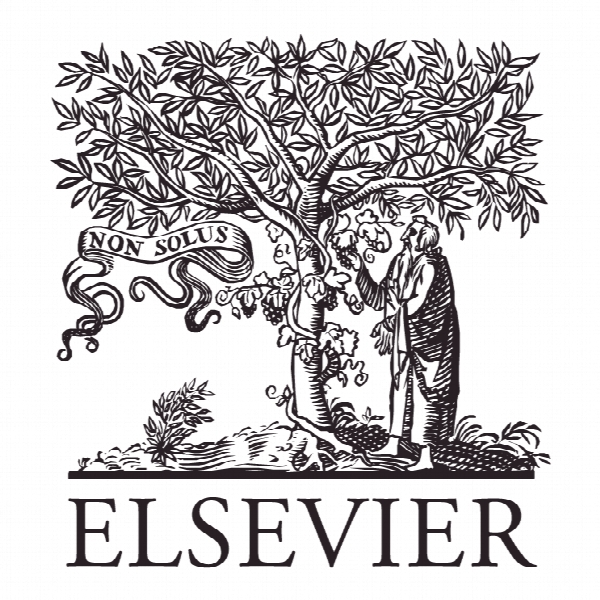رفع نقص بازار تحقیق و توسعه: یارانه عمومی تحقیق و توسعه و ترکیب تحقیق و توسعه خصوصی Repairing the R&D market failure: Public R&D subsidy and the composition of private R&D
- نوع فایل : کتاب
- زبان : انگلیسی
- ناشر : Elsevier
- چاپ و سال / کشور: 2018
توضیحات
رشته های مرتبط مدیریت
گرایش های مرتبط مدیریت کسب و کار، مدیریت مالی
مجله سیاست تحقیق – Research Policy
دانشگاه National Science and Technology Commission – Ministry of Education – Science and Technology – Republic of Korea
منتشر شده در نشریه الزویر
کلمات کلیدی یارانه تحقیق و توسعه، ترکیب تحقیق و توسعه، اثرات فراوانی، صنعت دارویی
گرایش های مرتبط مدیریت کسب و کار، مدیریت مالی
مجله سیاست تحقیق – Research Policy
دانشگاه National Science and Technology Commission – Ministry of Education – Science and Technology – Republic of Korea
منتشر شده در نشریه الزویر
کلمات کلیدی یارانه تحقیق و توسعه، ترکیب تحقیق و توسعه، اثرات فراوانی، صنعت دارویی
Description
1. Introduction Many economists, such as Nelson (1959), Arrow (1962), Krugman (1987), Romer (1990), and Grossman and Helpman (1991), provide theoretical background that justifies government intervention or patronage in private research and development (R & D). Because private firms will not fully recoup their investment in R & D that is intended for public value, the private market lacks the incentive to fund R & D for public benefit. Market failure, such as spillover effects, financial constraints, uncertainties, risk aversion, and dynamic externality, further reduces private funding of R & D.1 R & D subsidy is a policy tool explicitly designed to help firms undertake socially beneficial private R & D (e.g., Aerts and Schmidt, 2008; Fu et al., 2012; Li, 2012; Meuleman and De Maeseneire, 2012).2 Although the market failure theory justifies government R & D subsidy, one major concern is that the theory is not very clear on whether the government can identify R & D projects that are subject to market failure. Government R & D subsidy might simply support private R & D projects that would have been undertaken even without a subsidy and might just crowd out private R & D (David et al., 2000; Dimos and Pugh, 2016; Kauko, 1996; Schneider and Veugelers, 2010; ZunigaVicente et al., 2014). Therefore, in most cases, the focus of research is on whether government R & D subsidy complements or substitutes for private R & D, or how much corporate R & D is generated per dollar of R & D subsidy (Gonzalez and Pazo, 2008; Wolff and Reinthaler, 2008). This kind of criterion, however, which only concerns the effect of the government’s subsidy on the total amount of private R & D, is too broad. One criterion that has been neglected is the effect of the subsidy on the composition of private R & D (Zuniga-Vicente et al., 2014). The most distinguishable feature of an R & D subsidy is that the government can target R & D projects that have large expected social benefits but that cannot be undertaken by private firms because those projects will not provide adequate benefits to the firms. On the contrary,


